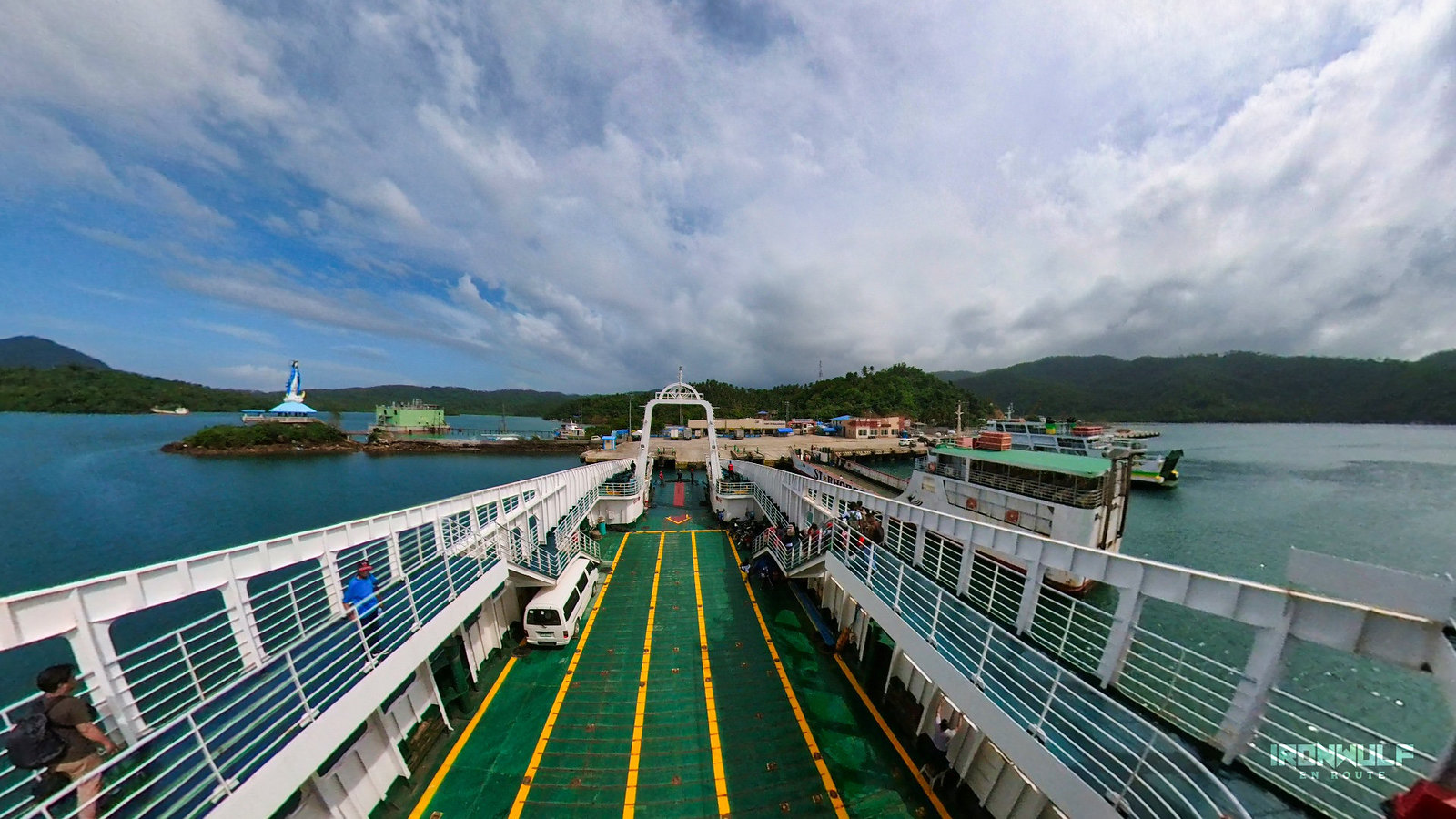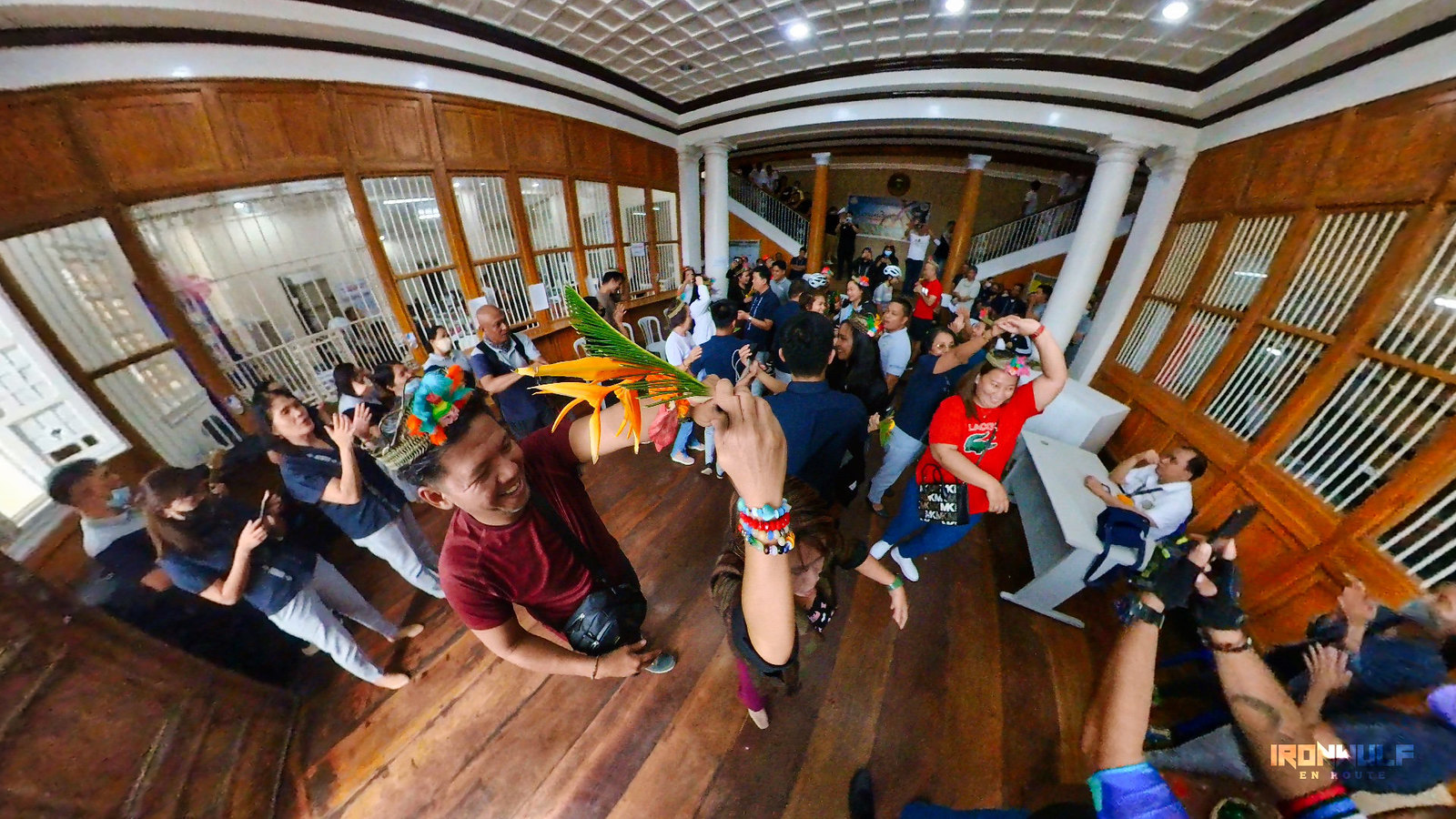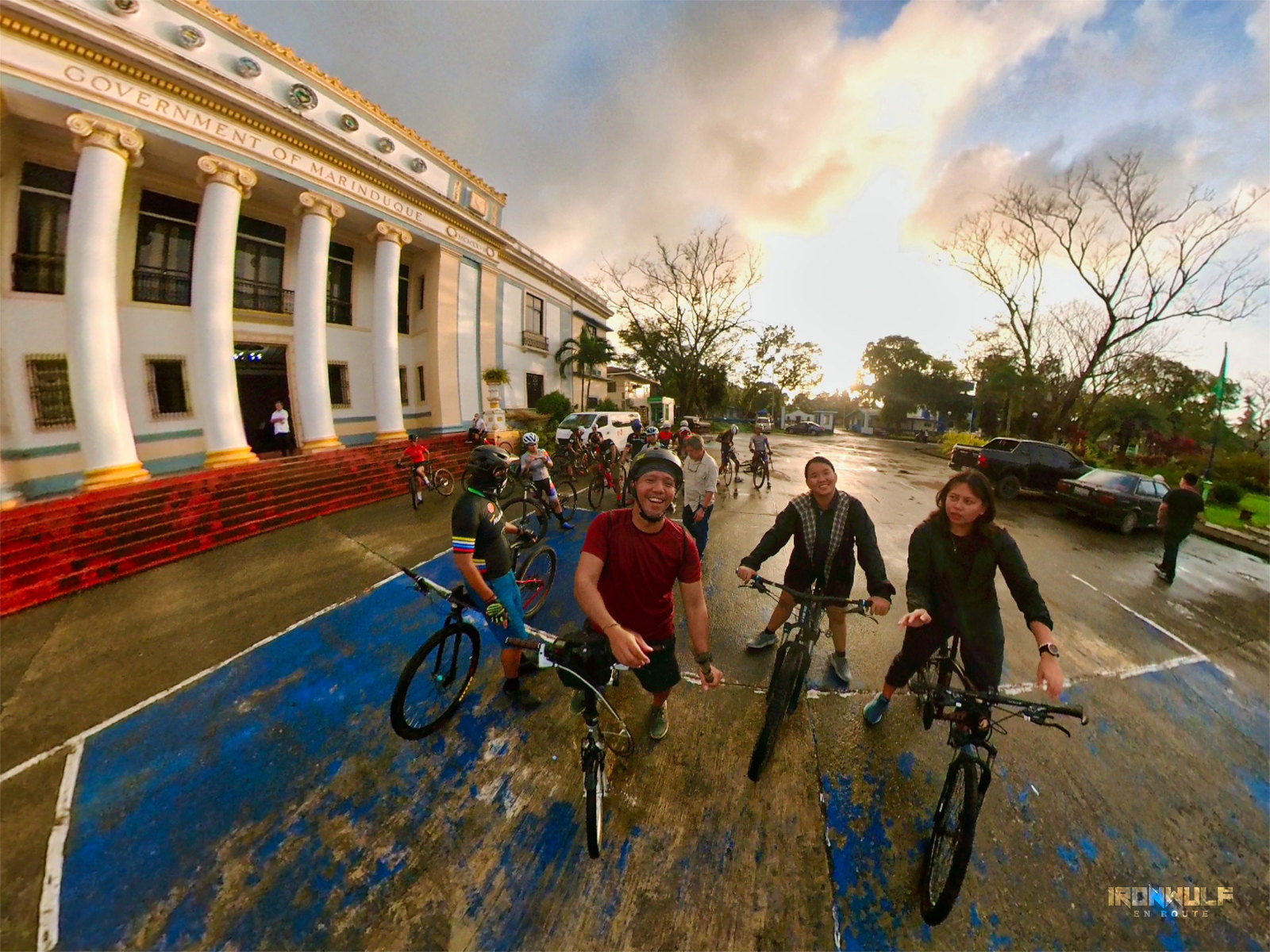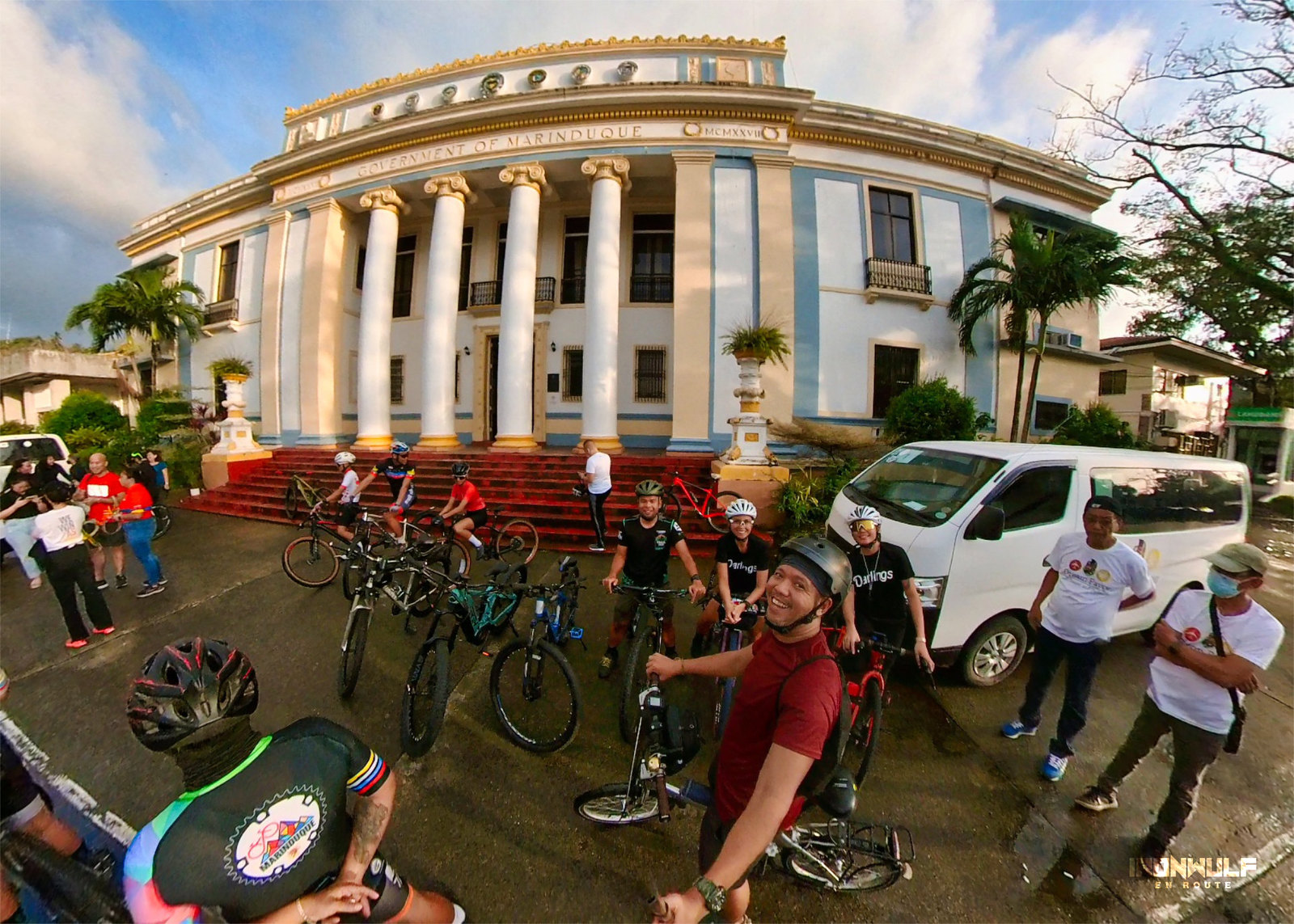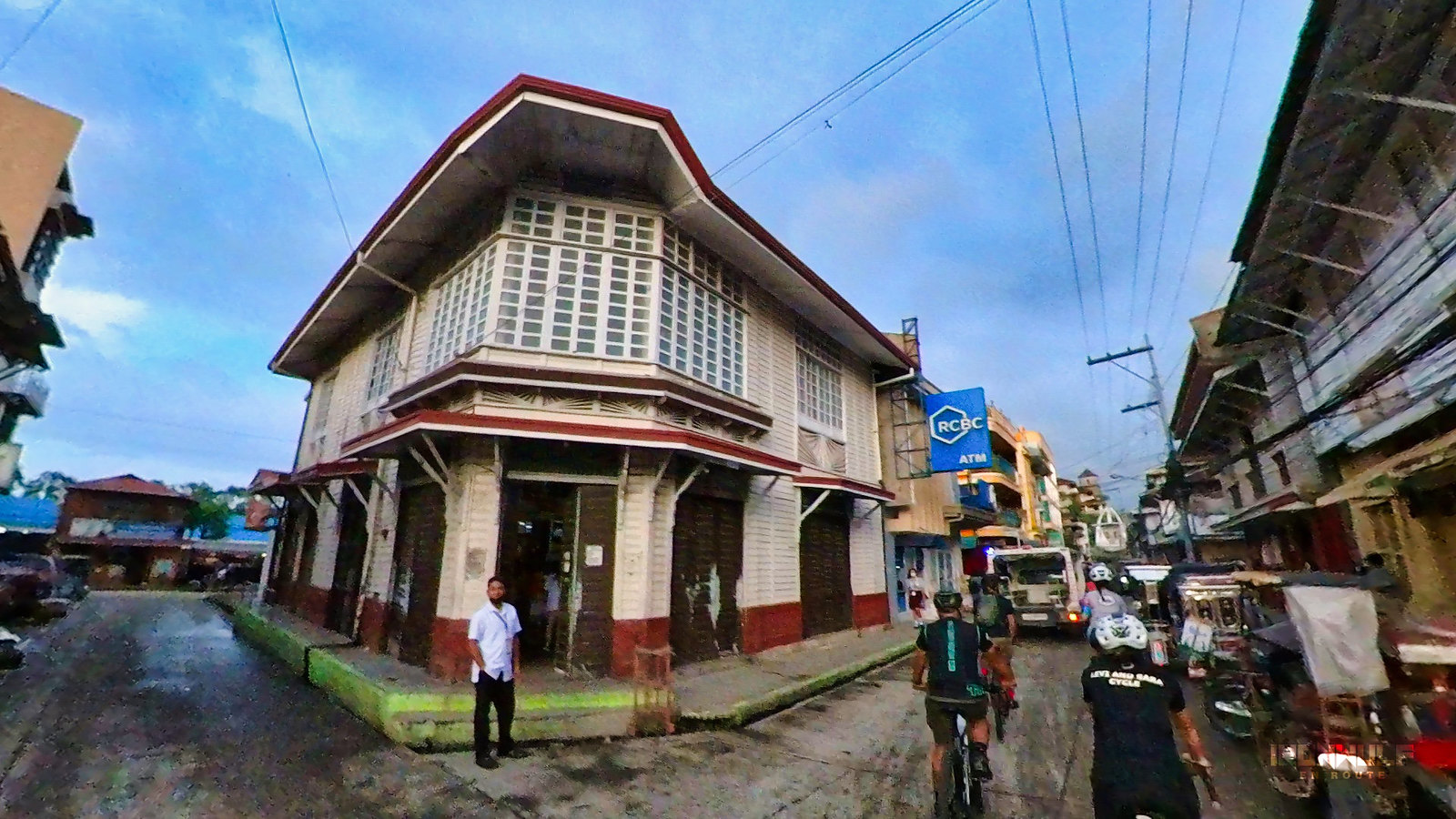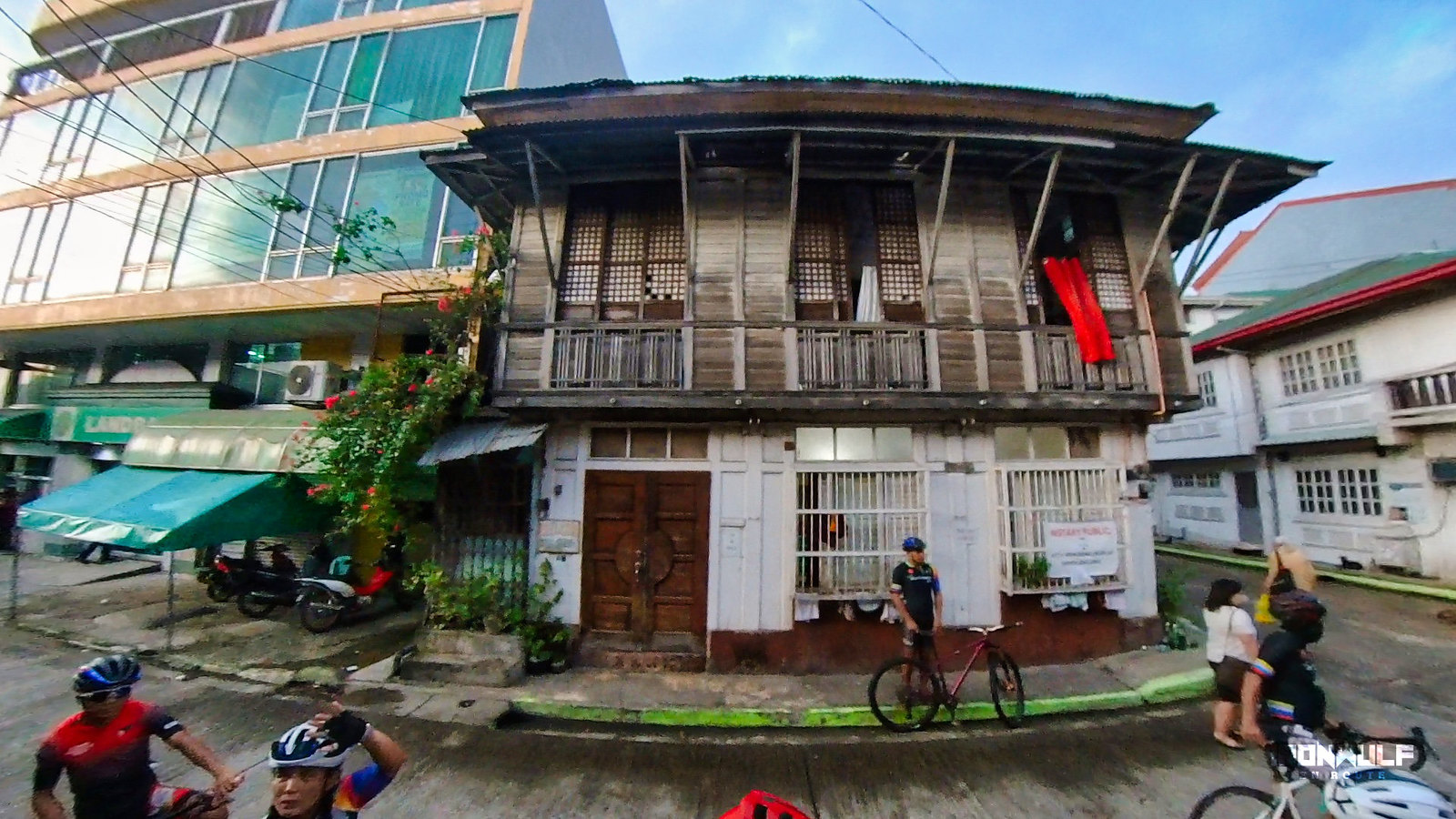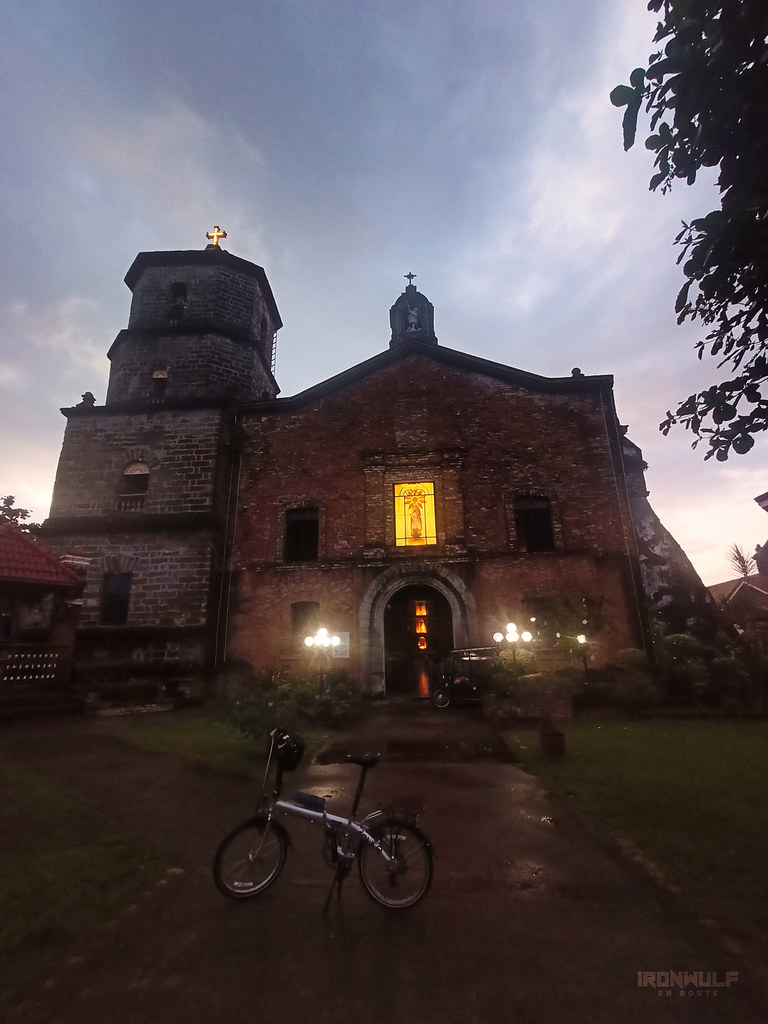Marinduque, with its heart-shaped allure, has always held a special place in my early travel adventures. I’ve been lucky to visit this enchanting island three times before, savoring its scenic coastal roads, captivating falls, lush hills, and vibrant cultural tapestry. But on this recent trip, thanks to the wonderful support of DOT MIMAROPA, I had the opportunity to experience Marinduque in an entirely new way – exploring its wonders on two wheels. Biking through this picturesque paradise allowed me to connect more intimately with its beauty, embracing the slower pace that enriched my appreciation of the island’s charm.
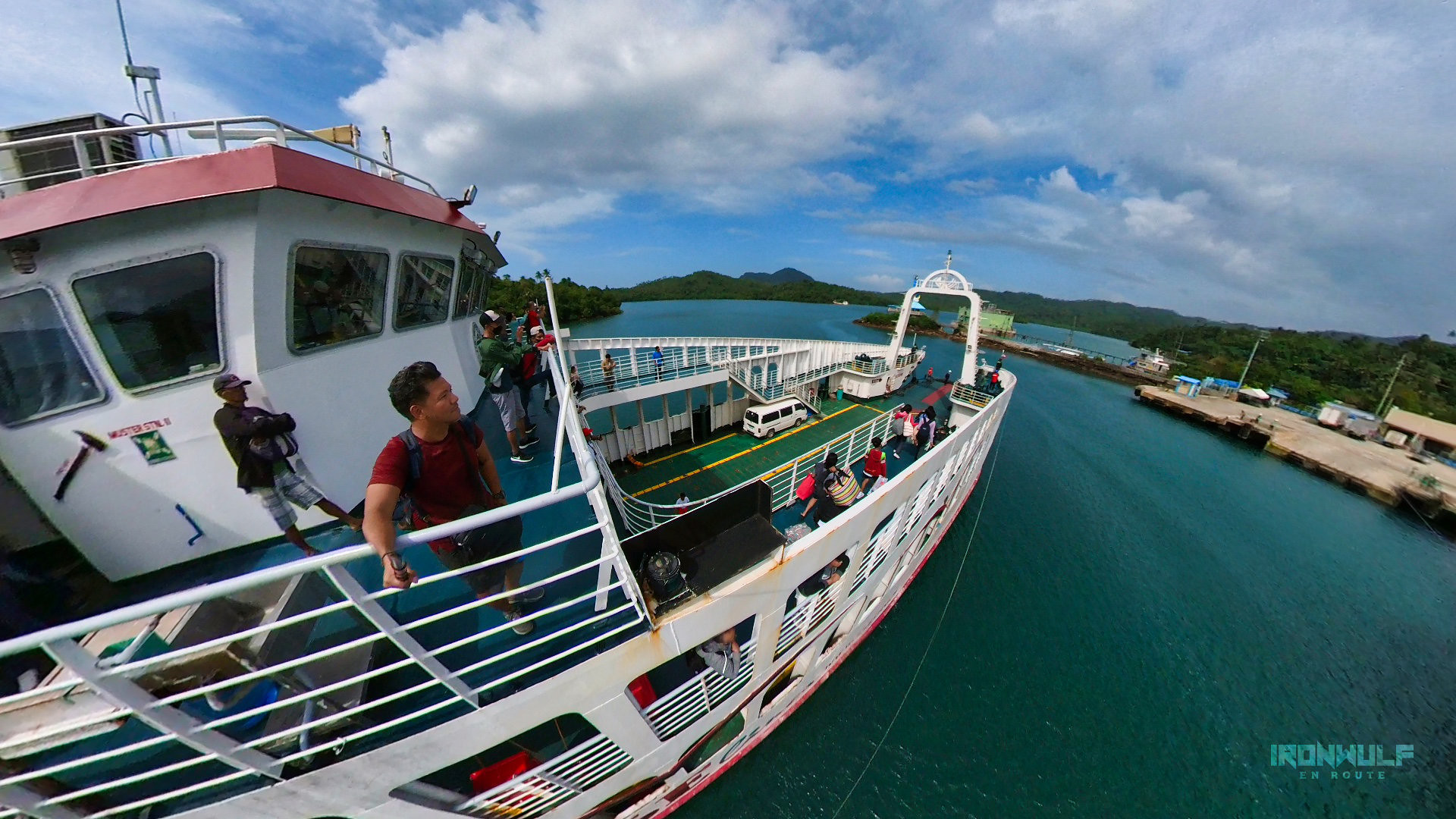
Travel to Marinduque
The journey to Marinduque was an adventure in itself. Leaving Manila, we embarked on a 132-kilometer van ride to Dalahican Port, where we then boarded a ferry for a two to three-hour journey to Balanacan Port, Marinduque. It’s not the easiest place to reach, but the effort is absolutely worth it when you lay eyes on the unspoiled splendor that awaits.
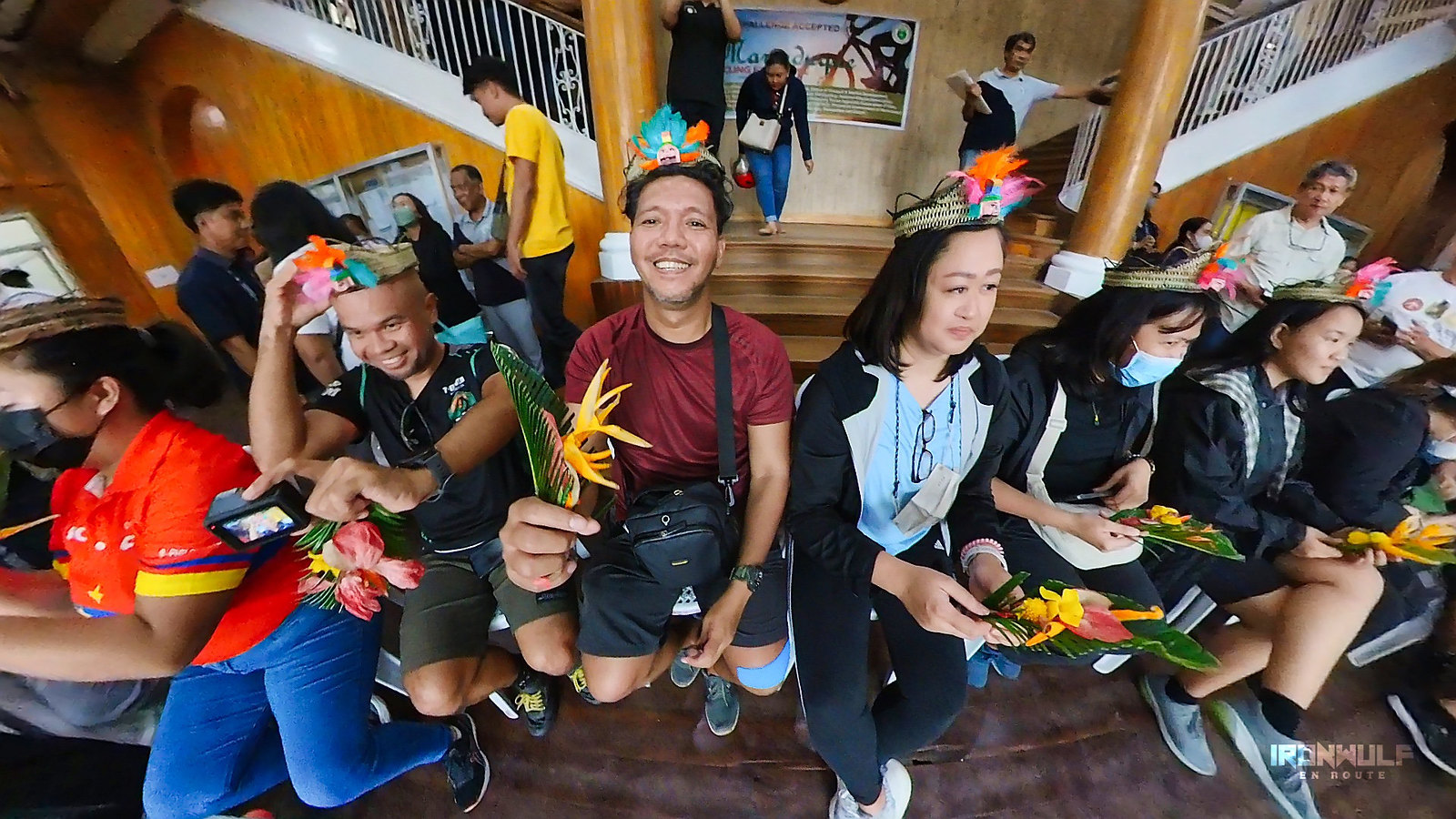
Putong Welcome
I was thrilled to be joined by fellow cycling enthusiasts, including well-known YouTube Vloggers Ger Victor, Levi, and Sara from The Darlings. Representatives from PhilCycling and the National Bicycle Organization were also part of our exciting expedition. Marinduque welcomed us with open arms through a traditional “Putong” or “Tubong” ceremony, where songs, blessings, crowning, gifts, and dance made up the heartwarming welcome. My two left feet were put to the test, but it was all in good fun!
The Marinduque Provincial Capitol
Our adventure officially began at the Marinduque Provincial Capitol, an architectural gem showcasing elegant American influences dating back to 1927. The capitol suffered significant damage during World War II but was restored with American funding post-war. Presently, it’s under consideration for recognition by the National Historical Institute (NHI), a fitting tribute to its historical significance.
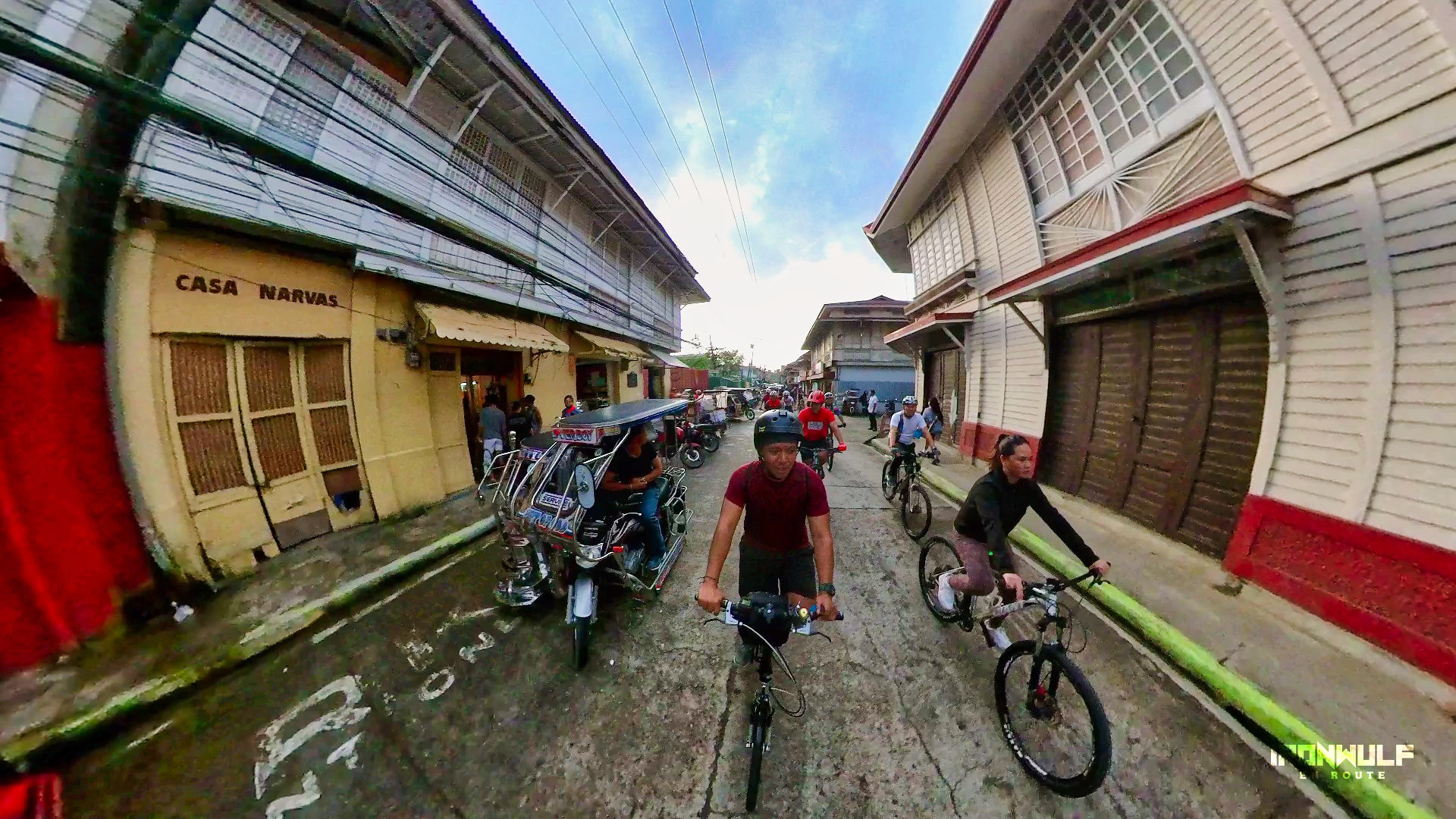
Boac Heritage Town
And so, the Boac Heritage Ride commenced as we pedaled northward toward Boac’s town proper. “Boac” is derived from the Tagalog word “biak,” meaning “divided,” which perfectly describes the municipality, divided by a flowing river.
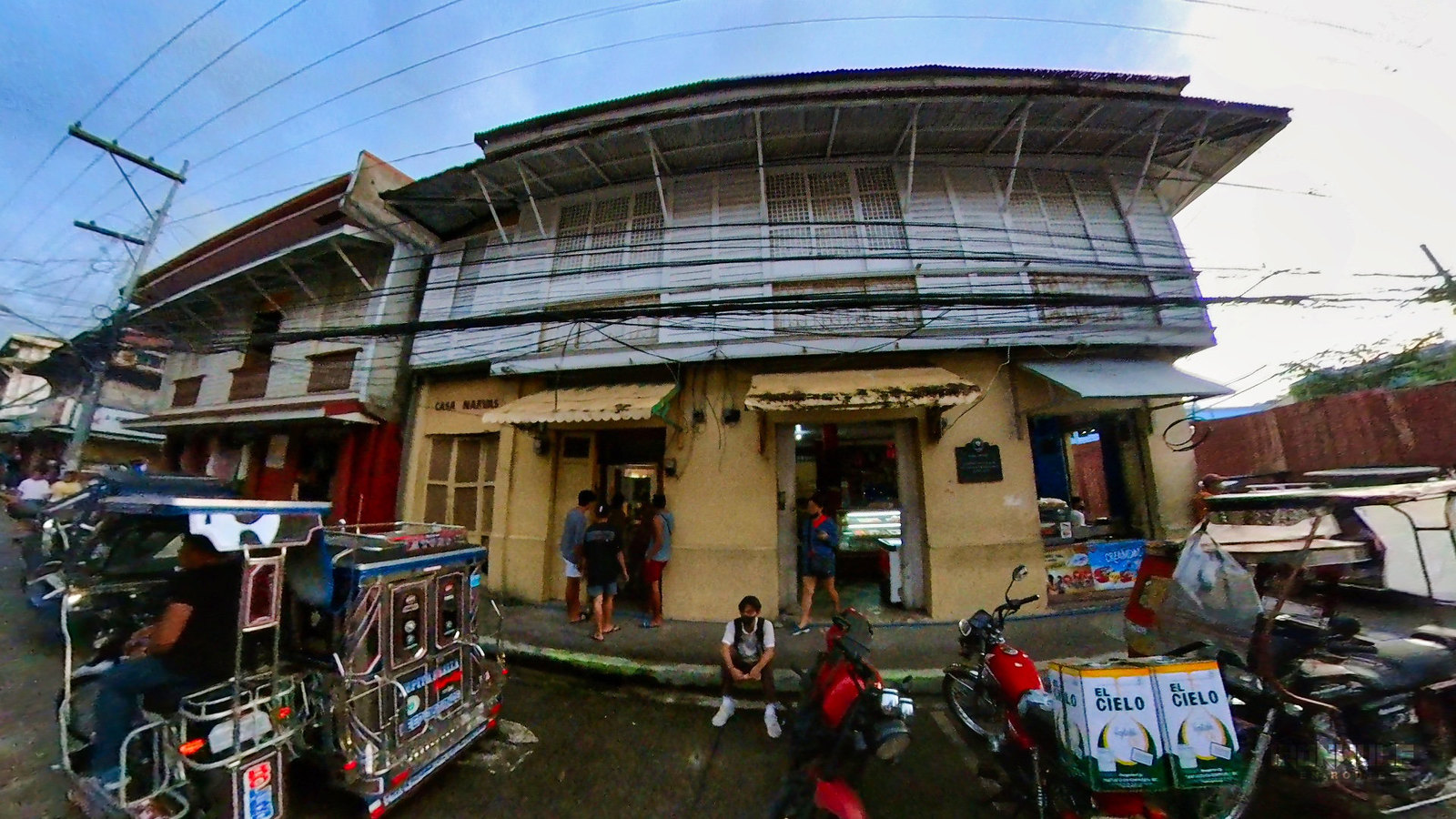
As we biked along the Marinduque circumferential Boac-Gasan-Torrijos Road, I was captivated by the sight of Antillean houses gracing the area. Some of these ancestral homes have evolved into commercial establishments, yet they retain their heritage structures. I made a mental note to return for a more thorough exploration of these noteworthy houses, each with its own story to tell.
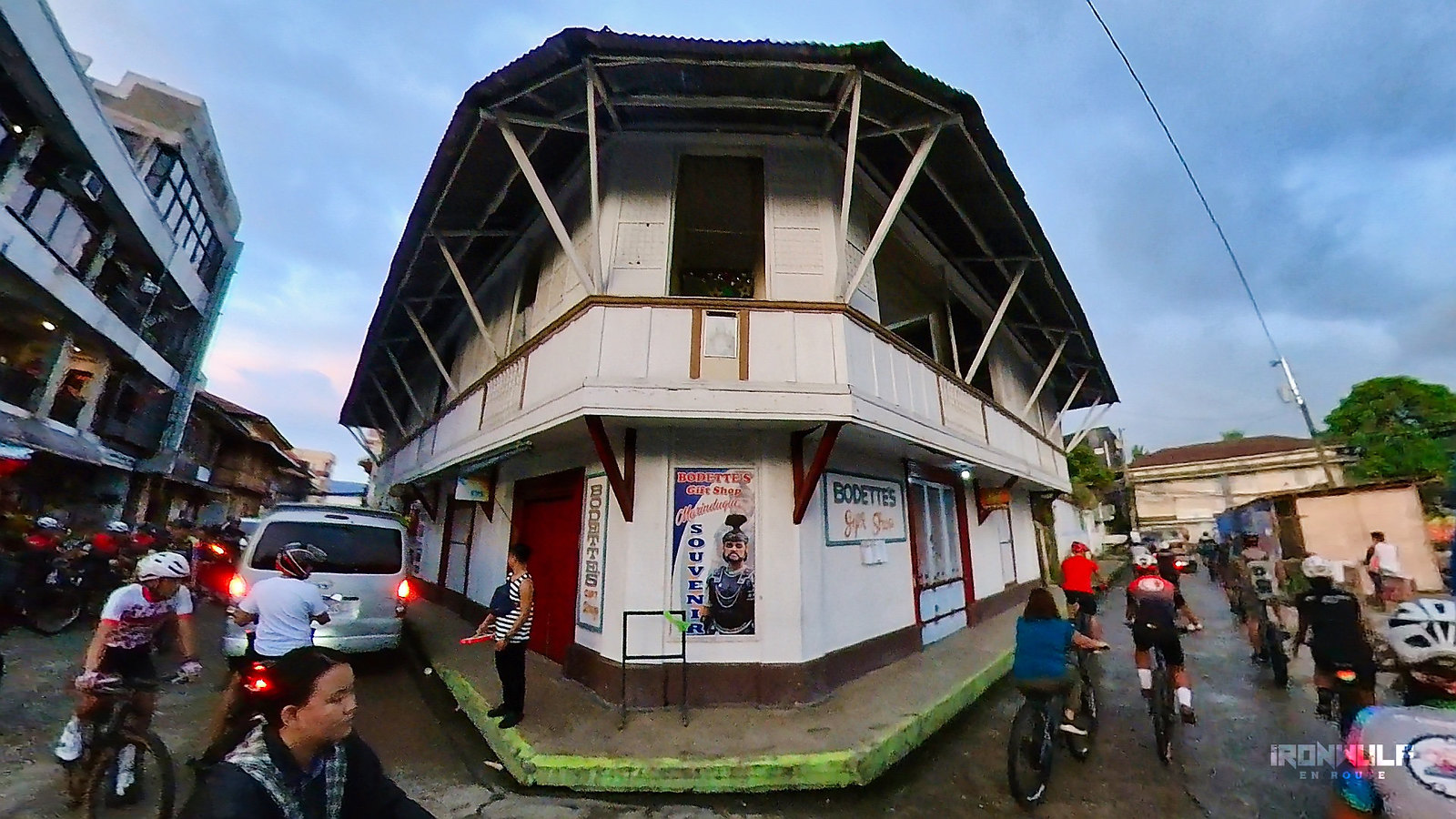
I earnestly hoped that the local government would take further strides in preserving and developing Boac’s heritage. This charming town has the potential to become one of the country’s finest heritage destinations, and creating a map for walking and cycling tours, along with comprehensive documentation of the notable ancestral houses, would undoubtedly enhance the experience for heritage enthusiasts like me. As of now, I can easily recognize Casa Narvas, the only NHI-designated house in Boac, and the Lardizabal-Trivino House, but there is so much more to uncover.

Boac Cathedral
We continued our cycling journey and faced a bit of a gradient rise as we reached the Boac Cathedral, officially known as Immaculate Conception Cathedral Parish. This 1792-built baroque church emanated a soft, warm glow from its lit lights when we arrived in the late afternoon. Standing tall and proud, the Boac Cathedral symbolizes religiosity and also served as a fortress during past conflicts. Its designation as an Important Cultural Property by the National Museum in December 2018 is well-deserved, honoring its historical significance.

Laylay Port
Pressing on, we cycled 3.5 kilometers out of town to the historic Laylay Port, our next destination. Although our original plan was to witness the sunset here, the bustling traffic delayed us slightly, and we arrived after nightfall. Laylay Port has witnessed the landing of notable historical figures such as Governor General Leonard Wood and Governor General Roosevelt during their visits in the past. It holds a special place in Marinduque’s history, having served as a strategic landing port during different periods of colonization.
The first day of our heritage cycling adventure in Marinduque left us exhilarated. We soaked in the charming townscapes, shared delightful moments with local riders, and cherished the heartwarming putong ceremony. However, this was just the beginning of our cycling expedition through the captivating island.

With energy still coursing through our veins, we decided to extend our ride to Luxur Resort, covering an additional 12 kilometers for a delectable dinner. Riding through the evening breeze, I couldn’t help but relish the joy of bicycling in the tranquil countryside.
Marinduque’s heritage, unveiled through the gentle revolution of bicycle wheels, provided me with an entirely new perspective on this treasured island. I eagerly anticipate our next adventures, ready to uncover more enchanting discoveries as we delve further into the rich history and breathtaking landscapes of Marinduque.

Ferdz Decena is an award-winning travel photographer, writer and blogger. His works has found print in publications such as Singapore Airlines’s Silver Kris, Philippine Airlines’ Mabuhay, Cebu Pacific’s Smile and Seair InFlight. He has also lent his expertise to various organizations like the Oceana Philippines, Lopez Group Foundation, Save the Children and World Vision, contributing quality images for their marketing materials.

